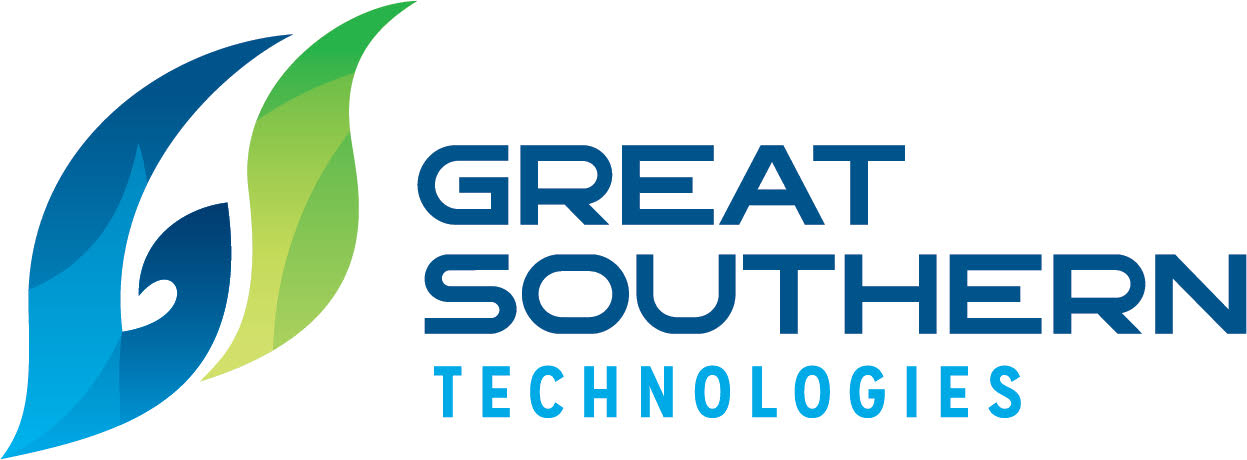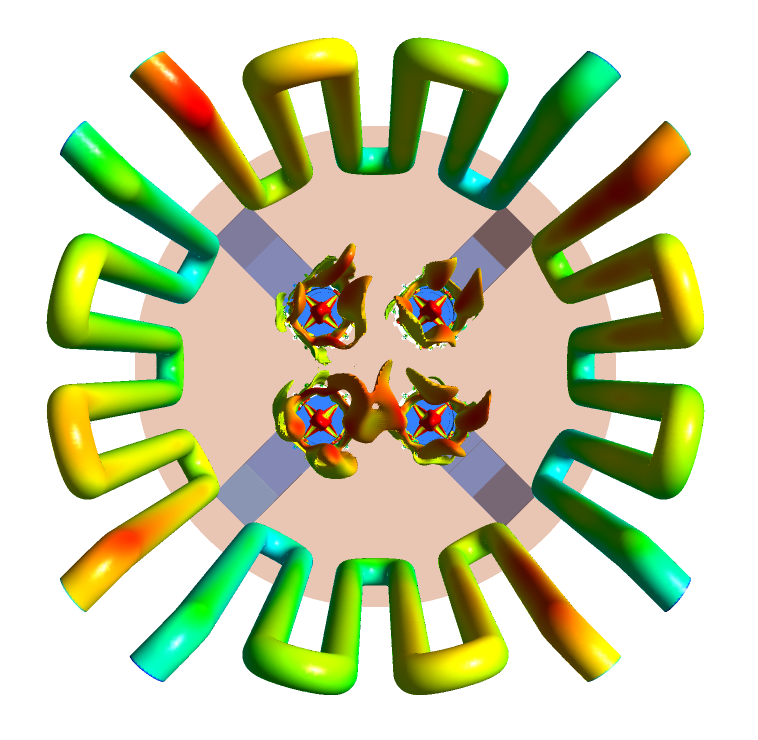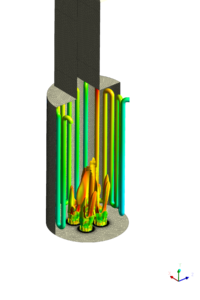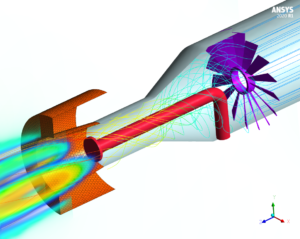GST integrates in-house Computational Fluid Dynamics (CFD) capabilities with years of field experience to design new and revamp fired heaters and auxiliary equipment.
CFD analysis is the numerical simulation of mass, momentum, and energy transport through fluids. The results from CFD are typically plotted or graphed to visualize operating variables and parameters throughout the heater, not just at isolated probe locations. This approach often reveals aspects of heater performance that are hidden because they cannot be seen with the naked eye or because they occur far away from probes and monitors.
Whether for new designs or revamps, we can use CFD modeling to evaluate custom solutions to determine the best strategies for your unique service conditions and minimize the risks of applying innovative design concepts.
With our combination of in-house experience and CFD modeling, we are able to simulate any fired heater configuration of burners, process tubes, and auxiliary equipment to evaluate many important heater characteristics, including:
- Interactions between flue gases and flames
- Tube skin heat transfer and temperature profiles
- Flue gas patterns and identification of recirculation regions and dead zones
- Flue gas temperatures and flame characteristics
- Maps of oxygen concentration and other flue gas components
- Plume dispersion prediction
- Ductwork flow distribution
- Ammonia injection distribution in SCR systems
The integration of field testing and GST’s proprietary software with CFD analysis means you can have confidence that we are modeling your actual operating conditions.
At GST, our CFD simulations complete the package of theory, field observations, and years of experience to bring you the highest level of complete analysis and solutions.



